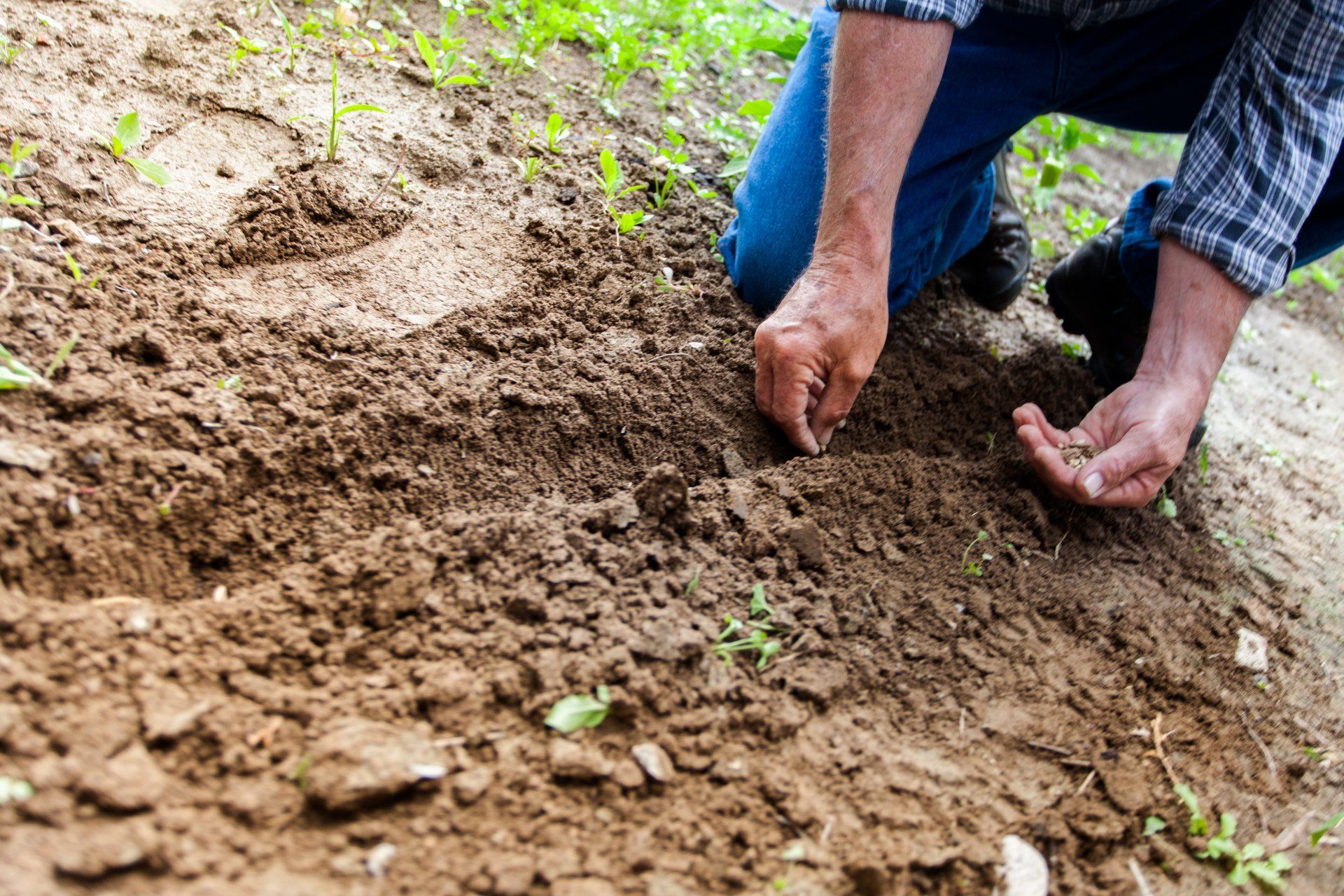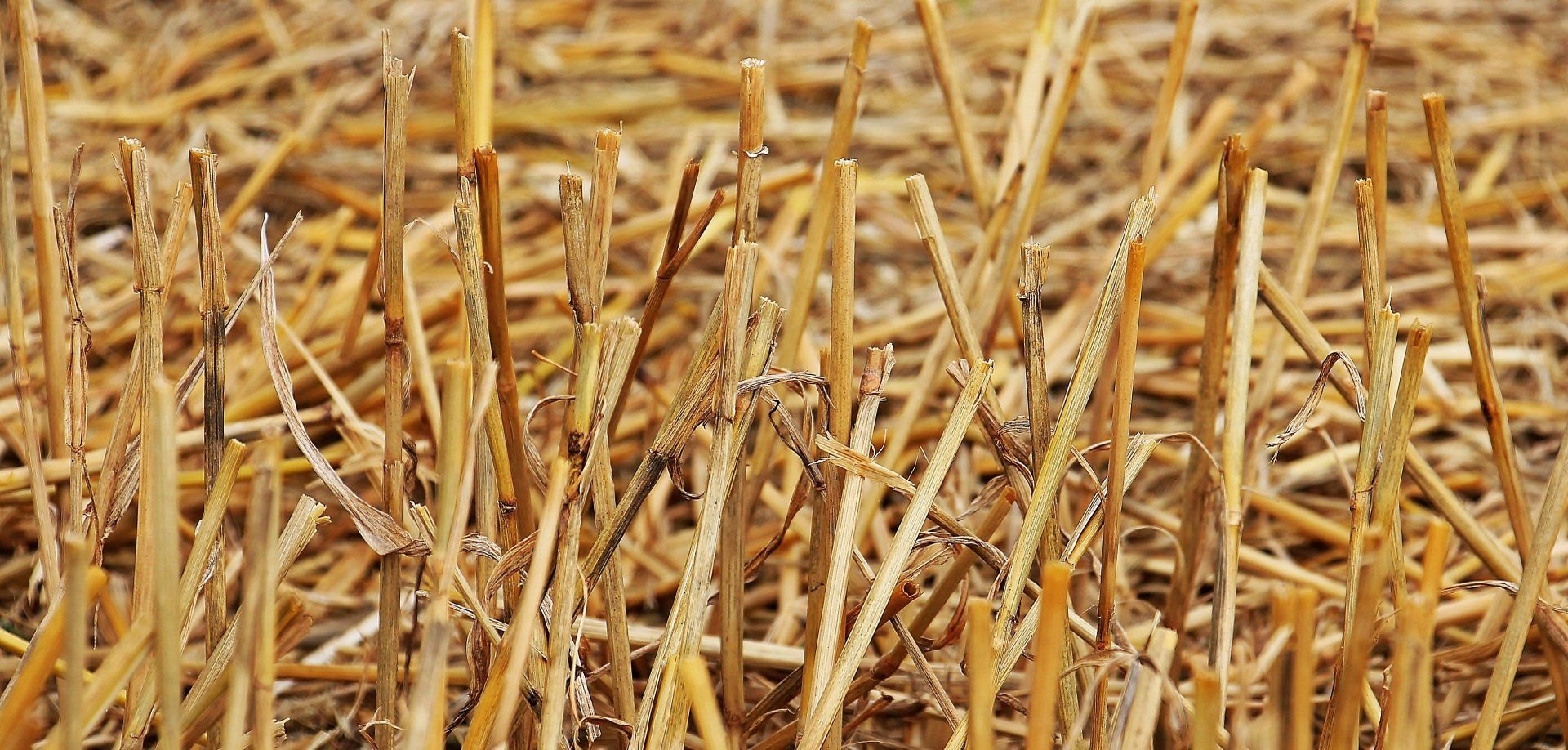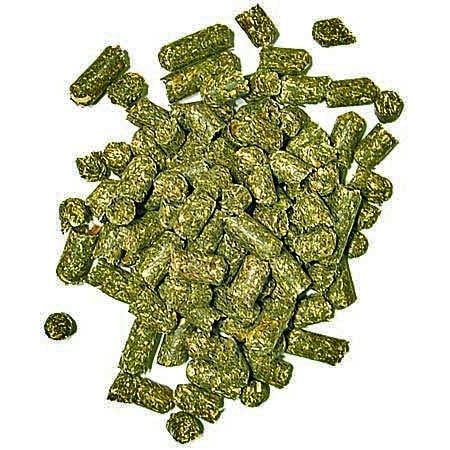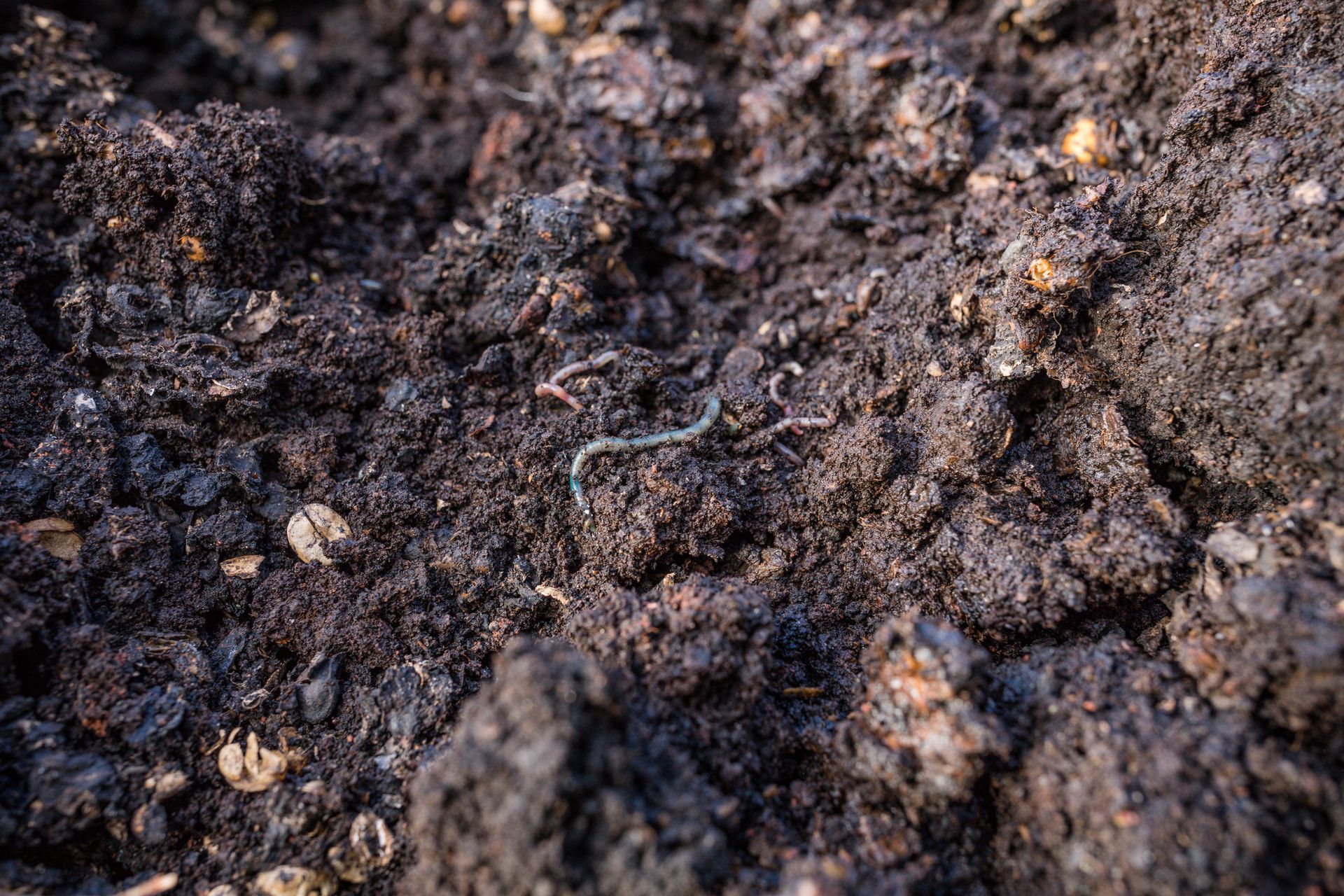The one thing that can make or break any vegetable garden is the soil. Above all else, the soil is the most important element of any sucessful garden. Clay soils that don't drain well, sandy soils that don't retain enough moisture, or soil that doesn't have enough nutrients or organic matter can be equally detrimental to any successful vegetable garden.
Enter: Compost. One of the single-best things you can do to improve your veggie garden success and increase yeilds is to start composting, and periodically add your compost to your garden. Even the most expensive store bought bags of soil, and bulk gardening soils you can obtain at landscape suppliers won't have the best of everything, and even if it's great, soil nutrients and organic matter will break down over time, so it's best to have a long term plan for continuing soil amendment and conditioning with compost.
While composting is in iteslf an entire rabbit-hole of information, don't worry, as always we've got the easy mode way to go about it, and it has to do with our two top-secret ingredients. Ok, no more beating around the bush. Let's get into it.




